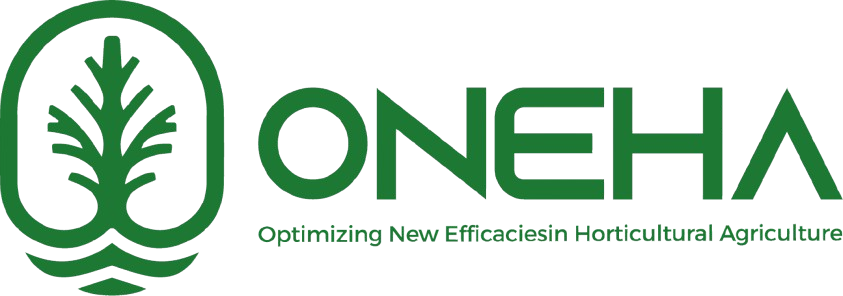In today’s digital landscape, content is more than just a tool for promoting products or services; it’s an opportunity to engage, educate, and build lasting relationships with your audience. Among the most effective ways to achieve this are tips and educational posts, which offer practical advice, insights, and knowledge. Here’s how to make the most out of this content type:
1. Know Your Audience’s Pain Points
The first step in creating valuable educational content is to understand the problems and challenges your audience faces. Whether you’re in the gardening, tech, or fitness industry, addressing the specific needs of your audience will make your content more relevant. Conduct surveys, look at common questions in your niche, and create tips that directly offer solutions.
Example: If you’re a gardening brand, offer seasonal tips like “5 Tips for Maintaining Healthy Plants in Hot Weather.”
2. Keep It Actionable and Practical
A common mistake is offering advice that’s too abstract. People look for content that they can apply immediately. Offer simple, actionable steps they can take to solve their problems or improve their knowledge.
Example: Instead of just explaining the benefits of organic fertilizers, create a post titled, “3 Simple Ways to Apply Organic Fertilizers for Maximum Growth.”
3. Use Visuals to Enhance Understanding
Visuals like infographics, images, and short videos can turn complex information into easily digestible pieces of content. For tips and educational posts, images that show step-by-step processes are particularly helpful.
Example: A video showing how to properly prune a tree for beginners or a step-by-step guide to setting up an irrigation system can significantly improve user engagement.
4. Focus on Current Trends
Stay relevant by offering educational posts that tie into current trends or seasonal themes. For example, if there’s a growing focus on sustainability, create content that educates your audience on eco-friendly practices they can adopt.
Example: “5 Sustainable Gardening Tips for 2024: How to Grow a Greener Garden.”
5. Include Call-to-Actions (CTAs)
Don’t forget to include a clear call-to-action in your educational posts. Encourage your readers to try out the tips, sign up for a newsletter, or engage in a discussion in the comments.
Example CTA: “Found these gardening tips helpful? Subscribe to our newsletter for more eco-friendly gardening hacks!”
6. Leverage User-Generated Content
Invite your followers to share their own tips or experiences. Not only does this create a community around your brand, but it also helps generate authentic content that can be shared and repurposed.
Example: Create a hashtag like #MyGardenTips and encourage followers to share their gardening tips or experiences with your products.
7. Educate, Don’t Oversell
While the ultimate goal of content marketing is often conversion, educational posts should focus primarily on providing value. Avoid turning every tip or educational piece into a sales pitch. Build trust by delivering information that truly helps your audience.
Example: Instead of pushing products like fertilizers or gardening tools, offer unbiased advice on how to use them effectively for different types of plants.
8. Offer Downloadable Resources
Turn your educational content into resources like e-books, checklists, or cheat sheets that users can download. This not only adds value but also gives you a chance to collect emails and grow your list.
Example: “Download our FREE Guide: Top 10 Tips for a Thriving Indoor Garden.”
9. Encourage Feedback and Interaction
Encourage your audience to ask questions or provide feedback on your tips. This can spark meaningful discussions, further engagement, and position your brand as a helpful and approachable expert in your niche.
Example: “Have any questions about plant care? Drop them in the comments, and we’ll feature the answers in our next post!”
10. Create a Series
A single educational post can be valuable, but a series keeps your audience coming back. For instance, a weekly or monthly post focused on a particular topic allows you to build a deeper relationship with your audience over time.

